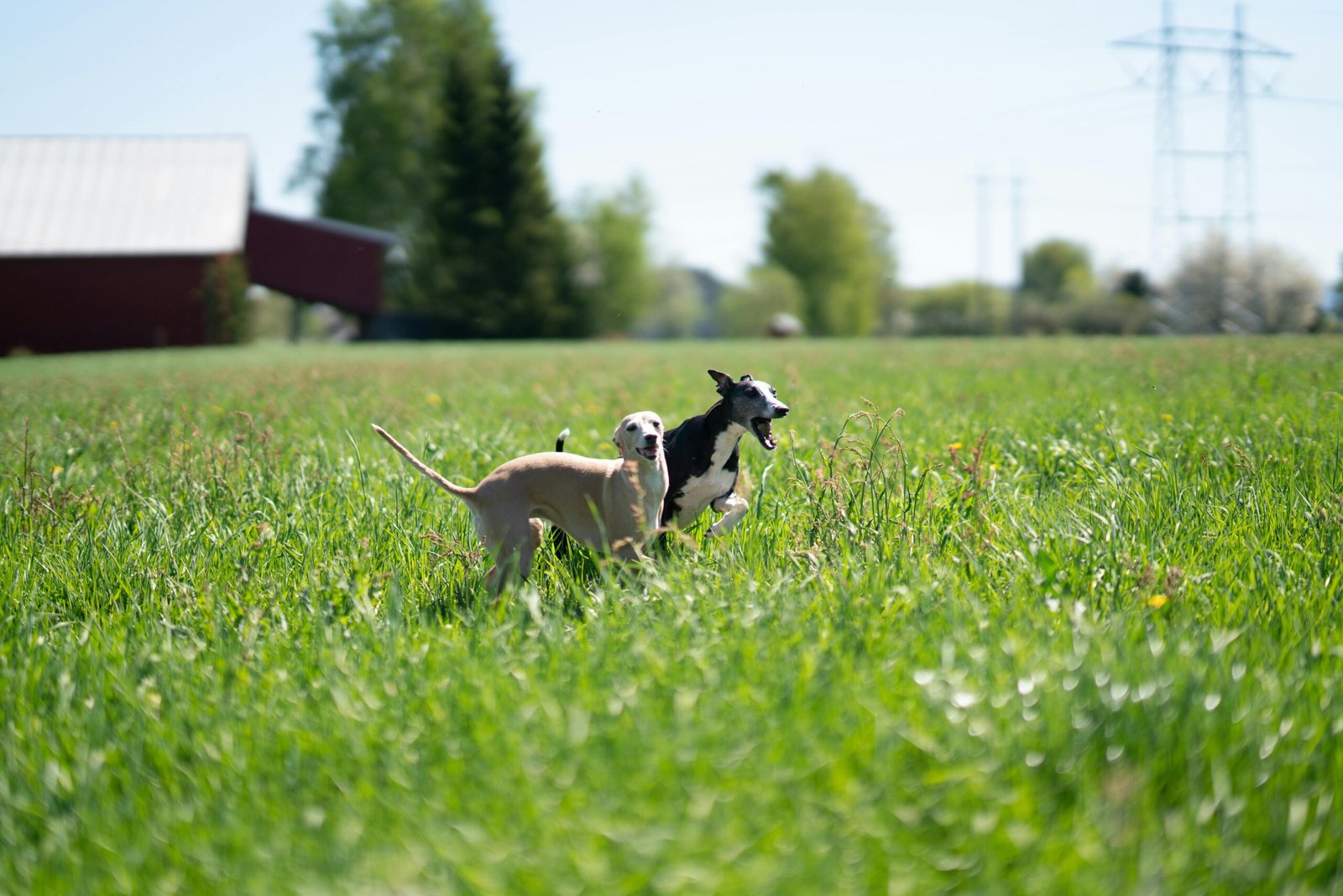Exploring the world of canine nutrition can be as complex as navigating a maze. Among the many feeding options available, raw diets have sparked significant debate among pet owners and experts alike. This topic is especially captivating for dog lovers who want nothing but the best for their four-legged companions. But what exactly is a raw diet, and why is it so controversial? In this article, we’ll dive into the core aspects of raw diets for dogs, weighing the pros and cons, and exploring the considerations that every pet owner should be aware of.
What is a Raw Diet for Dogs?
A raw diet for dogs, often referred to as a “BARF” diet (Biologically Appropriate Raw Food or Bones and Raw Food), consists of uncooked meat, bones, fruits, and vegetables. Proponents believe that this mimics what a dog’s wild ancestors would have eaten. It’s like offering your dog a taste of the wild, right in their bowl. Many dog owners are drawn to this diet because it feels natural and primal. The idea is to provide a diet that is closer to what dogs would naturally consume in the wild, before commercial kibble became the norm. However, there are important factors to consider before diving into this feeding approach.
The Benefits Advocates Swear By
Supporters of raw diets often highlight several benefits that they believe this feeding method brings to their dogs. One of the most talked-about advantages is improved coat condition, with many dog owners noting a shinier, softer fur. Additionally, some claim that their dogs have more energy and better digestion on a raw diet. For some, the idea of feeding their dog a diet free from artificial additives and preservatives is very appealing. There’s also the argument that raw diets can lead to healthier teeth and gums, as chewing on raw bones can help clean teeth naturally. However, these benefits are largely anecdotal and may vary from dog to dog.
Concerns and Risks to Consider

Despite the potential benefits, raw diets come with a fair share of concerns. One primary risk is the potential for bacterial contamination, such as Salmonella or E. coli, which can pose health risks to both dogs and humans. Handling raw meat requires strict hygiene measures to prevent illness. Moreover, there is the possibility of nutritional imbalances if the diet is not carefully planned. Some veterinarians worry that an improperly balanced raw diet can lead to deficiencies or excesses in essential nutrients. Additionally, there is a risk of choking or internal injuries from bones, which must be managed with caution.
The Role of Veterinarians in the Raw Diet Debate
Veterinarians often play a crucial role in guiding pet owners through the raw diet debate. While some vets may support raw diets, many are cautious due to the potential health risks involved. They emphasize the importance of consulting a professional before switching to a raw diet. Veterinarians can help ensure that the diet is balanced and meets all of a dog’s nutritional needs. It is always beneficial to have an open discussion with your vet to weigh the pros and cons based on your dog’s individual health status and lifestyle.
The Cost Factor of Raw Feeding
Feeding a raw diet can be more expensive than traditional kibble, which is something pet owners should consider. The cost of high-quality raw meat, bones, and produce can add up quickly. Additionally, there may be costs associated with supplementation or veterinary consultations to ensure nutritional adequacy. For some, the potential health benefits may justify the expense, but it’s important to budget accordingly and be aware of the financial commitment involved.
Making the Transition: Tips for Success
Transitioning a dog to a raw diet requires careful planning and patience. It’s not just about tossing raw meat into a bowl; it involves a gradual introduction to avoid digestive upset. Start by incorporating small amounts of raw food into their current diet and gradually increase the portion over several weeks. Monitoring your dog’s reaction and adjusting the diet as needed is crucial for a successful transition. Ensure that all nutritional requirements are met, which may involve consulting a canine nutritionist or using a comprehensive raw feeding guide.
Personalizing the Diet for Your Dog
Every dog is unique, and what works for one may not work for another. Consider your dog’s age, size, activity level, and health condition when planning a raw diet. For instance, puppies, senior dogs, or those with medical conditions may have different nutritional needs. Tailoring the diet to suit your dog’s specific needs can help optimize their health and well-being. It’s important to be observant and flexible, making adjustments as necessary to ensure the best outcomes for your pet.
Potential Environmental Impact
An often-overlooked aspect of raw diets is their environmental impact. Sourcing large quantities of meat can contribute to environmental concerns such as increased carbon emissions and resource use. Some pet owners choose to mitigate this by selecting sustainably sourced ingredients or incorporating plant-based options. Being mindful of the environmental footprint of your pet’s diet is an additional factor worth considering in the broader raw diet debate.
In conclusion, the debate over raw diets for dogs is complex and multifaceted. While there are potential benefits, there are also significant risks and considerations that must be weighed carefully. As a responsible pet owner, it’s essential to gather all the information, consult with professionals, and make an informed decision that best suits your dog’s individual needs and lifestyle.

Andrew Alpin from India is the Brand Manager of Doggo digest. Andrew is an experienced content specialist and social media manager with a passion for writing. His forte includes health and wellness, Travel, Animals, and Nature. A nature nomad, Andrew is obsessed with mountains and loves high-altitude trekking. He has been on several Himalayan treks in India including the Everest Base Camp in Nepal.





